Log in or create new account to save this product to your wishlist.
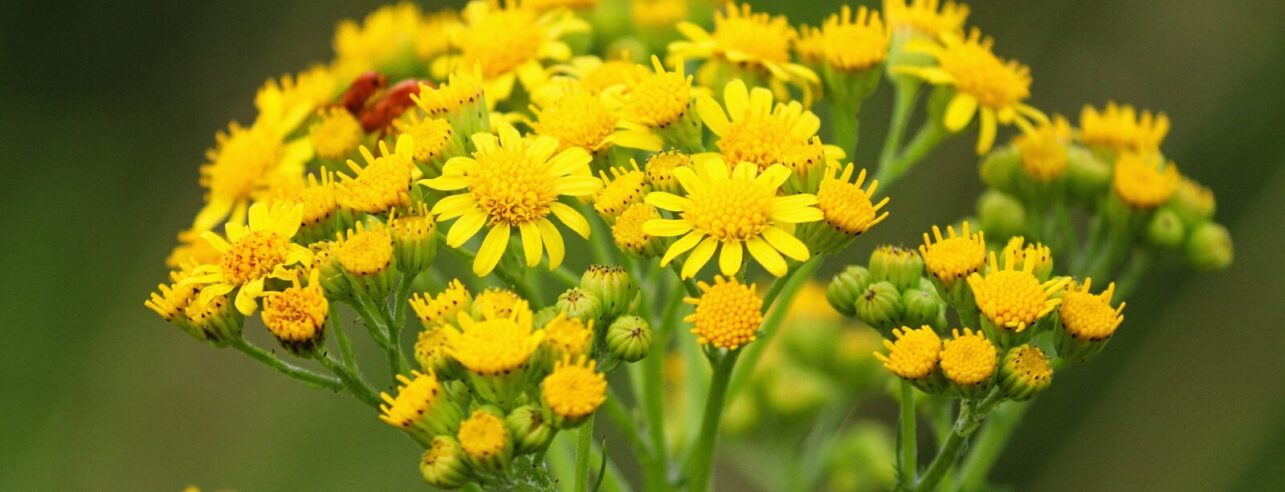
How To Identify & Treat Ragwort in Your Garden
Is ragwort poisonous? Learn what it is, where it can be found, its benefits for wildlife and the dangers associated with it.
🌱 All important maintenance moments for your lawn during the year. Leave your email and we will send you the lawn calendar for free.
Enter your email
Receive the lawn calendar in the mail
Enjoy a green lawn all year round!

- Order by 2PM = shipped today
- 250.000+ satisfied customers!
- 60 day satisfaction guarantee
Have you spotted tall, pretty, daisy-like flowers in your garden? Are the leaves toothed and deeply cut, growing from a single rosette? It sounds like you might have ragwort in your garden.
- What is Ragwort?
- The Many Names of Ragwort
- Where Does Ragwort Grow?
- The Benefits of Ragwort
- The Harmful Side of Ragwort
- How to Control Ragwort
- Weedkiller Control
- Ragwort Legislation
- Should I remove ragwort?
- FAQs
But don’t panic! It’s not necessarily bad.
However, ragwort, scientifically known as Jacobaea vulgaris, has a notorious reputation among gardeners and farmers alike. And while this plant may seem harmless with its bright yellow flowers, its potential for inflicting harm on grazing animals gives it a villainous reputation.
Find out about this fascinating “weed” in this article, which examines how to identify and tackle ragwort in your garden. Or you might want to let this charming bi-annual grow.
Ready? Let’s go!
What is Ragwort?
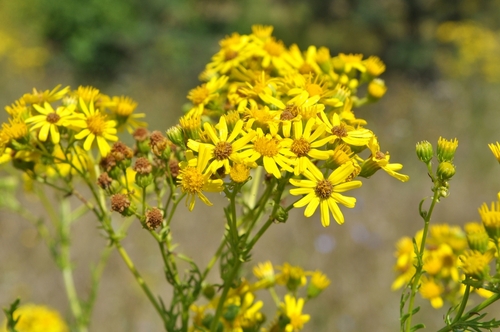
Ragwort, a member of the daisy family, is a biennial wildflower native to the UK and many parts of Europe. This means the plant only lives for two years, flowering in the second.
The plant grows as a foliage rosette in its first year before blooming into a tall, erect plant (up to 90cm) with yellow daisy-like flowers in its second year. The leaves are finely divided and toothed, giving it a distinctive appearance.
The Many Names of Ragwort
Ragwort goes by various names, including:
- Cankerweed
- Staggerwort, and
- Tansy ragwort
Its Latin name is Senecio jacobaea L., which falls under the category of Perennial Broad-leaved Weeds.
Where Does Ragwort Grow?
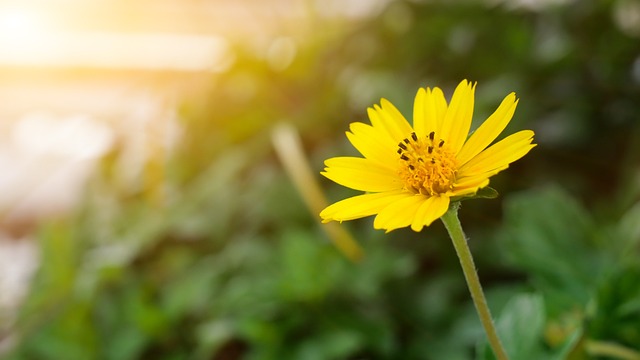
The plant’s natural habitat is sand dunes, but it thrives in light, low-fertility soils and overgrazed grassland.
It’s a common sight along roadsides, railways, grazing land, and even rubbish tips. However, it doesn’t grow on acid-peaty soils and is rarely found in arable fields.
The Benefits of Ragwort
Despite its bad reputation, ragwort plays an essential role in our ecosystem, providing sustenance to various vital pollinators and other wildlife.
Ragwort’s Value to Wildlife
This hardy plant serves as a food source for around 35 insect species and hundreds of other wildlife species, including the black-and-yellow-striped caterpillars of the Cinnabar moth, for which ragwort is a crucial source of larval food, pollen, and nectar.
Birds also eat the seeds, distributing them around the land through their droppings. This makes it challenging to eradicate ragwort from your garden completely.
However, ragwort can make a stunning addition to a wildflower bed, so they can be very welcome, especially in urban areas.
Ragwort in Gardens
In gardens, ragwort is typically seen as a weed.
However, wildlife gardeners who appreciate its value to insects and birds often leave areas of ragwort to thrive. After all, all plants are weeds if they self-seed and are unwanted.
Ragrow is well-suited to growing in wildflower meadows, adding diversity and supporting a variety of pollinators. So they can bring genuine value to your outdoor space.
The Harmful Side of Ragwort
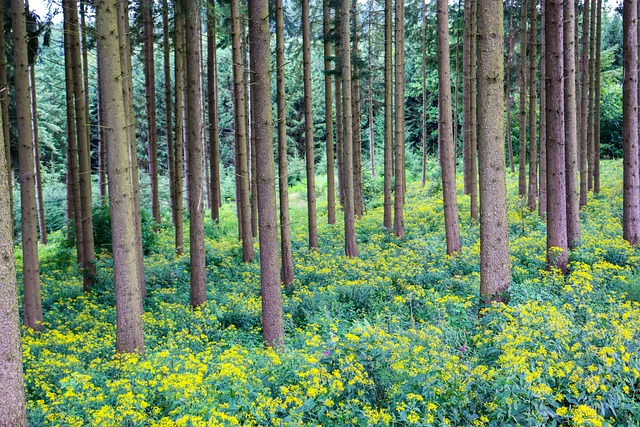
And here’s the crux: ragwort has a reputation as a poisonous, hazardous spreader.
But:
Is Ragwort actually Poisonous?
Ragwort is mildly toxic due to the pyrrolizidine alkaloids present in the plant.
However:
These toxins make the plant poisonous to mammals, particularly horses and cows, which can develop liver poisoning if they consume large quantities of ragwort.
And while sheep and goats are considered less at risk, all farmed animals can be affected by ragwort poisoning.
Additionally, ragwort is poisonous to cats and dogs, so removing it is a good idea if you have roaming pets.
Ragwort and Human Health
While ragwort could potentially harm humans, it’s only mildly poisonous, and one would need to consume an enormous amount to cause harm.
Indeed, there have been no documented cases of ragwort poisoning in humans in the UK. Nonetheless, I definitely wouldn’t recommend eating it!
However:
Ragwort can trigger an allergic reaction (known as compositae dermatitis) if you touch it. However, this isn’t caused by the alkaloids but by other compounds commonly found in the sunflower family.
How to Control Ragwort
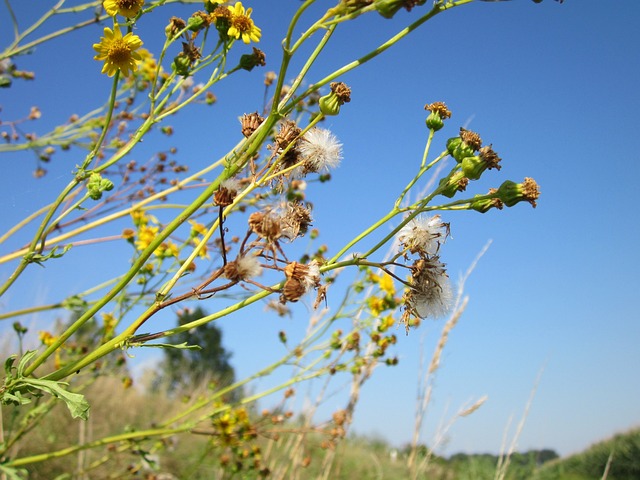
While there’s no health-related reason to eliminate ragwort in a domestic garden, you may wish to eradicate the plant if you want a more curated look. And if your grounds are used for grazing, you’ll want to ensure your livestock does not ingest the plant.
Here are some ways of controlling ragwort in a garden:
Check the Government’s Code of Practice
Ragwort is one of five injurious weeds covered by the Weeds Act 1959 and the Ragwort Control Act 2003. These codes relate to livestock and horse owners, not general garden owners.
However, if you are a landowner with grazing animals, check out the Code of Practice on How to Prevent the Spread of Ragwort.
Cultural Control of Ragwort
Non-chemical options for controlling ragwort are limited.
Reduce seed production by cutting at the early flowering stage. However, this can still stimulate the growth of side shoots, which can produce more vigorous growth the following year.
So, pull or dig up ragwort where weed numbers are low. However, the benefit is generally only temporary because any remaining roots in the soil will give rise to new plants.
Remember: wear gloves when touching ragwort as it could trigger a rash.
Weedkiller Control
You may need to consider chemical control when non-chemical means aren’t feasible.
Use approved weedkillers, including Glyphosate. For example:
- Roundup Ultra
- Rootblast Super Strength Total Weedkiller
- Doff Advanced Concentrated Weedkiller
- Westland Resolva Pro Xtra Tough Concentrate
Use these to clear small infestations.
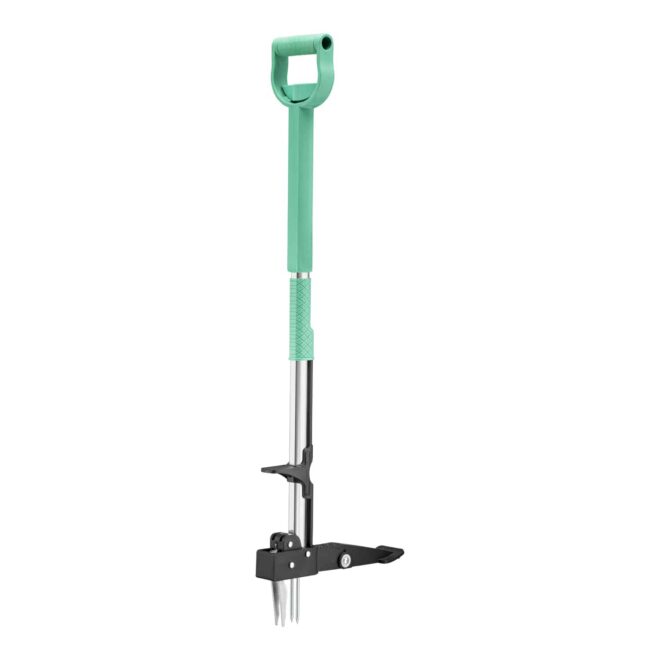
- Effective for digging up most garden and lawn weeds
- No-contact weed killing
- Long arm helps prevent back ache
Lawn and Grassland Weedkillers
In more heavily infested grassland areas, MCPA and 2,4-D (Vitax LawnClear 2) are particularly effective against ragwort.
For gardens, consider using triclopyr (Vitax SBK Brushwood Killer) in rough grassed areas and lawn weedkillers for lawns.
Ragwort Legislation
As mentioned, ragwort is covered by the Weeds Act 1959 and the Ragwort Control Act 2003 in the UK, providing guidance on preventing the spread of the plant.
However, it’s not compulsory for landowners to remove ragwort. But you may be ordered to remove it by local authorities or the Department for Environment, Food and Rural Affairs (DEFRA).
Should I remove ragwort?
While ragwort is often viewed as an enemy in the garden and pasture, it’s important to remember its role in the ecosystem.
The key is to manage its growth responsibly, ensuring that it doesn’t pose a risk to livestock while still providing a habitat for pollinators.
Ultimately, understanding this balance is crucial in maintaining both our animals’ health and our environment’s biodiversity.
FAQs
Ragwort can perform a valuable role in your garden’s ecosystem, providing sustenance to many insect and wildlife species. However, the plant is poisonous to grazing animals, so it’s wise to remove it if it’s likely to be ingested.
Touching ragwort with your bare hands is not recommended because it can trigger an allergic skin reaction. So, carefully handle this common garden and grassland weed, wearing waterproof gloves whenever you make contact with it.
I’d always recommend going for non-chemical weed control if you can, so dig up or pull up ragwort plants before the flowers have gone to seed. Wear gloves to protect your skin, as it can cause an allergic reaction. However, if that doesn’t work, use a glyphosate-containing weedkiller to control the spread and growth of the plant effectively.
Any questions?
I hope I’ve provided answers to all your questions about how to control ragwort in your garden. But if you have any questions, don’t hesitate to get in touch.
Or check out our comprehensive Help & Advice section for expert articles on everything related to garden and lawn care.
Thanks for reading!
-
How to Grow Eucalyptus in British GardensWith a little love and care, eucalyptus trees can thrive in English gardens. Since they don’t germinate well without proper help, there are not considered invasive. So, there is no reason not to plant them if you enjoy their looks.Read more
-
Transform Your Garden with All-Year-Round Flowering PlantsDid you know you can enjoy blooming flowers even in January? With the right selection of all year round plants, there’s no need to wait until spring to add some colour to your garden.Read more
-
How to Create a Butterfly Garden: A Simple Guide for British GardensThe UK's butterfly population includes 59 different species. These beautiful winged creatures face a steady decline because of habitat loss, pollution and changing weather patterns. Your garden can become a vital link between nature reserves and natural habitats. Let’s explore how.Read more
-
Volcanic Rock Dust for Your Garden—Application and TipsDid you know that volcanic rock dust is a brilliant organic soil improver? This article explains exactly what it's good for and how to use it properly.Read more
-
How to Use Landscape Fabric ProperlyIf weeds or erosion in your garden are troubling you, landscape fabric might be the solution. We’ll explain how and when to use it properly, just keep on reading.Read more
-
Hostas: A Complete Care GuideIf you have a north-facing garden or some shady corners on your property, hostas are the plants for you. These green delights thrive particularly well in partial to full shade and require consistently moist soil to perform at their best.Read more
-
How to Grow Grapes in Your Garden: A Simple Step-by-Step GuideGrapevines produce some tasty fruits, but often they are simply grown for their gorgeous leaves. Whatever your motivation may be, we have a guide on how to grow grapes for you.Read more
-
Worm Composting Made Simple: From Kitchen Scraps to Garden GoldDid you know that a single pound of composting worms can devour half their body weight in waste every day? That's roughly twelve pounds of kitchen scraps transformed into garden gold each month! We will look at how to make this happen.Read more
Leave a comment
Your answer will be displayed on the site and the interested party will be notified by email.
Leave a comment
Have a question or want to share your experience? Leave us a comment.

- Order by 2PM = shipped today
- 250.000+ satisfied customers!
- 60 day satisfaction guarantee

- Order by 2PM = shipped today
- 250.000+ satisfied customers!
- 60 day satisfaction guarantee

- Order by 2PM = shipped today
- 250.000+ satisfied customers!
- 60 day satisfaction guarantee

🌱 All important maintenance moments for your lawn during the year. Leave your email and we will send you the lawn calendar for free.
Enter your email
Receive the lawn calendar in the mail
Enjoy a green lawn all year round!












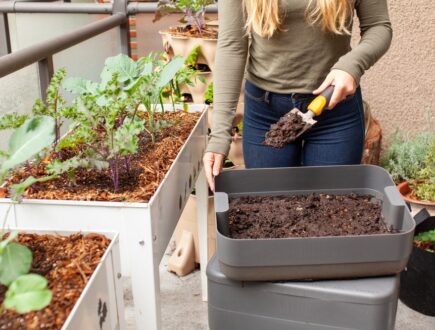



 Summer Deal! Get 15% off the
Summer Deal! Get 15% off the 




Comments (0)
There are no comments yet. Well then, what are you waiting for to
Be the first to write your comment!inaugurate this pretty page?
Do you have some comments?